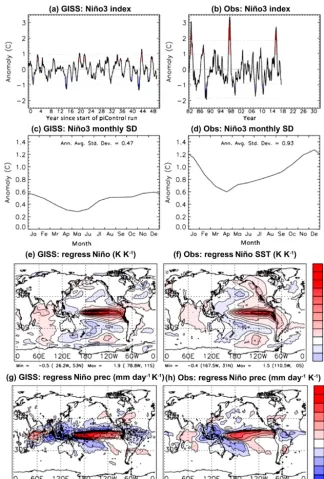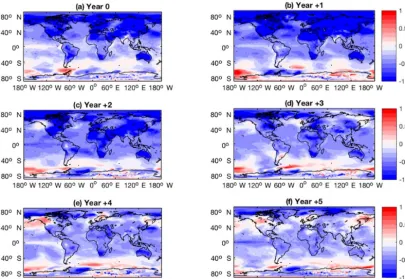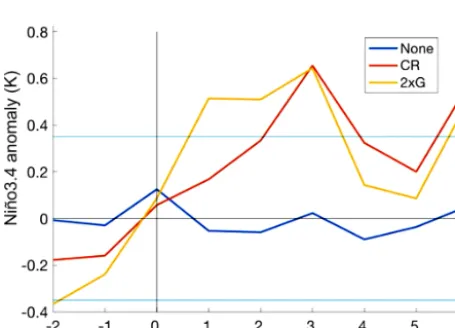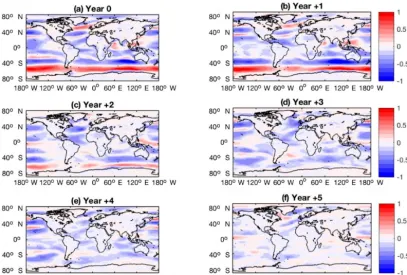Assessing the impact of large volcanic eruptions of the last millennium (850–1850 CE) on Australian rainfall regimes
Full text
Figure




Related documents
The cultural adaptation of BCWS was conducted according to the stages described by (10).. stages included: 1) translation of the scale from English into Turkish by
Exposure to noxious stimuli, the interaction of surface ligands with intercellular molecules expressed on mesothelial cells can cause cell migration and dispersion of high
Table 3 lists the types of performance monitoring functions and the commands you can use to display the relevant performance information on Tru64 UNIX and HP-UX.. Table 3: commands
The impact of work limitation of varying degrees is then estimated using a dynamic panel data model of labour force participation that explicitly controls for lagged participation
• e2e Operations Management SON security dashboard shows real-time state of the corporate infrastructure including the B2B integration points. • Distributed
Cells were serum starved for 18 h after overexpression or knockdown of DRAM1 to decrease the rpS6 activity to the basal level, and then the cells were stimulated with insulin
In Turkish, when you make compound nouns, the second noun takes the possessed ending –i or –si?.




